Technology for future improvements in lithium ion drone battery
Drones have grown rapidly in recent years. The more powerful flight speeds, engines, PID controls and even model sizes are impressive. But the breakthrough in drone battery technology has been slow, and so far we still have to endure a day or so of battery life. While we've been watching the development of new-material batteries, it's lithium-ion battery technology that's most likely to make a breakthrough in the near future. Let's take a look at the next generation of battery technology.
What is a lithium ion drone battery?
Lithium-ion drone battery is the battery that use lithium metal or lithium alloys as positive materials and non-hydroelectrolytic electrolyte solutions. Compared to NiMH batteries, it has greater capacity, better stability and the ability to recharge and discharge. After years of development, all consumer-grade lithium-ion drone batteries are now made of lithium polymer material. As for the shortcomings, we've also learned that lithium-ion batteries can easily get out of control and explode when they are short-circuited and overheated, according to news reports that drone batteries often catch fire and explode. That's why we advocate users to use original batteries, chargers, and data cables to prevent short-circuit of lithium-ion drone batteries.
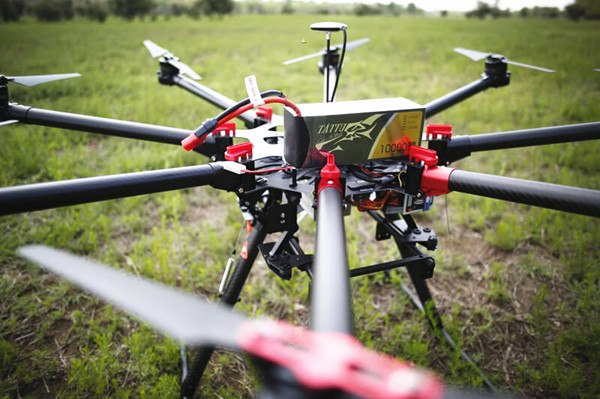
Future improvements to lithium ion drone battery
Lithium-ion drone batteries are diversified in the form of improvement, but the direction is basically established in terms of better safety, charging speed, flexible form and performance. Here's a look at a few new technologies that promise to make breakthroughs.
Non-flammable components
First of all, the safety of intelligent flight battery is the most want to solve the problem. Scientists have found that an organic solvent called PFPE is more stable, reducing the effect of crystallization on electrodes, improving safety and extending battery life. While the technology will still take some time to test, the non-flammable uav batteries are expected to be available soon.
Faster charging
A research and development team at Nangyang University of Science and Technology has developed a new type of lithium battery. The idea is not the same as other technologies, not to increase capacity, but to charge time. In just two minutes, you can quickly charge 70% of your battery and charge more than 10,000 times. This technique uses titanium dioxide instead of graphite as an anode material. Qualcomm also achieves a more stable charging effect by better controlling the chip. This technology is characterized by low cost and is ideal for the mobile electronics and drone industries.
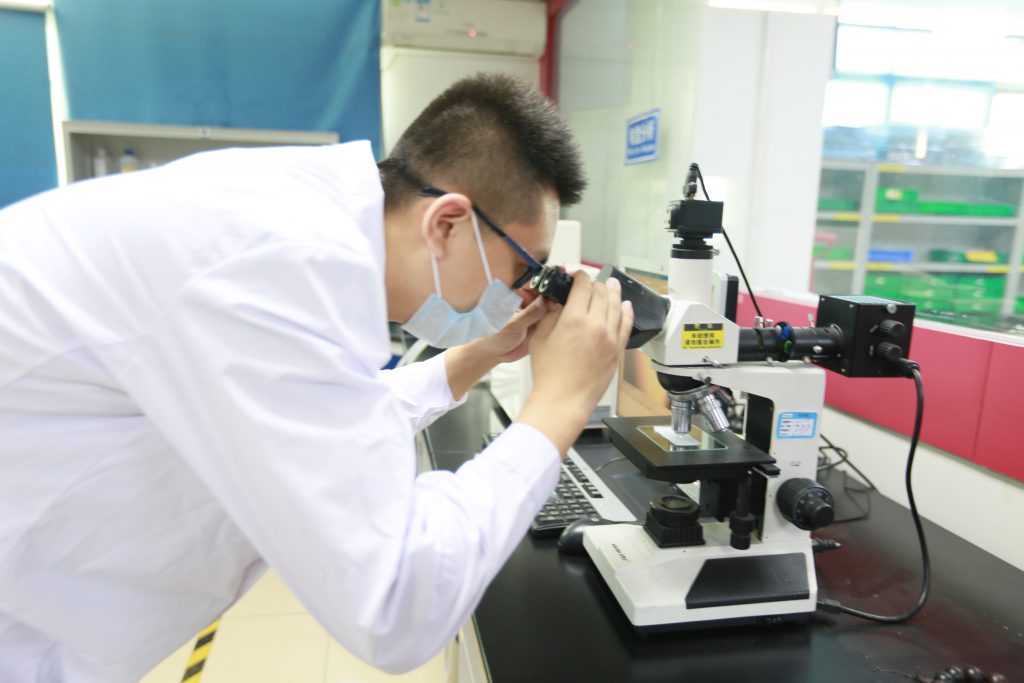
Anodes for lithium batteries
Scientists at Stanford University have published a paper that found that ultra-thin clusters of carbon can allow lithium metal to act as an anode, with a 10-fold increase in electricity than the current graphite anode. However, its efficiency is only 96%, and it will take some time to enter the mass electronic sconsumer market.
Soft lithium battery
At present, uavor batteries are generally made of square electric chips. Changes in the shape of future drones may require more flexible drone batteries. It's like the advent of completely flexible electronic devices. LG recently showed off a fully curlable OLED screen with a curved screen, circuit sands and batteries, the closest we've ever seen in a sci-fi movie.
New electrodes and electrolyte
Electrolytes improve the high and low temperature properties of uav battery. The electrolyte chemistry and electrochemical stability of the drone battery are good. The electrolyte has high ion conductivity, high dielectric constant, low viscosity, and low resistance to ion migration. The boiling point of the electrolyte is high and the freezing point is low. It is liquid in a wide temperature range, with a general temperature range of -40 to 70 degrees C, and is suitable for improving the high and low temperature characteristics of drone batteries.

Super Capacitor
Super capacitors are battery technologies that differ from traditional lithium structures and enable high-capacity and ultra-high-speed charging. But the main obstacle is that capacitors often fail to store energy. Tsinghua University in China, the University of Texas in the United States, the National University of Singapore are developing different storage materials of super-capacitor batteries, including carbon nanofluids, graphene and so on. However, these technologies also have high energy aggregation stability and other hidden dangers, it is difficult to popularize in the short term in the consumer market.
If you are interested in our products, please don't hesitate to contact us at any time! Email: info@grepow.com Grepow Website: https://www.grepow.com/
Related Articles
-
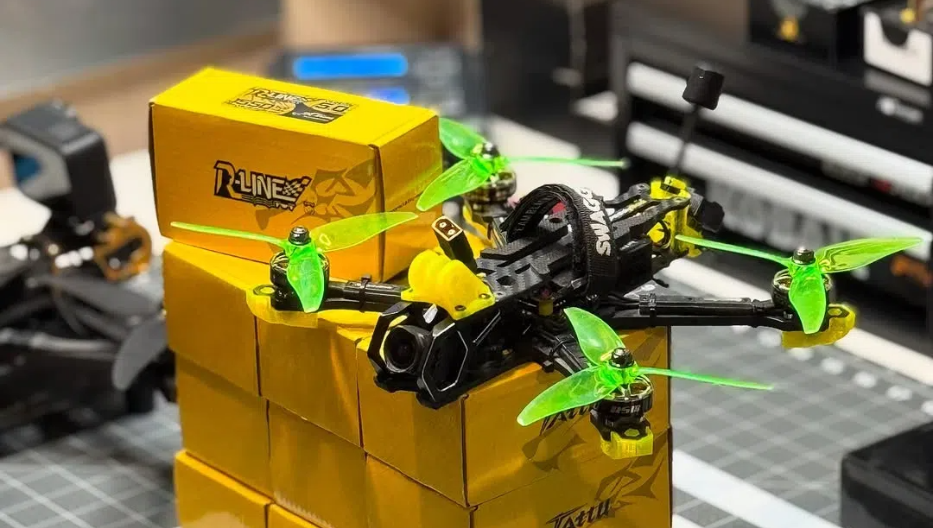
FPV Drone Types: All You Need to Know
2025-03-06 -
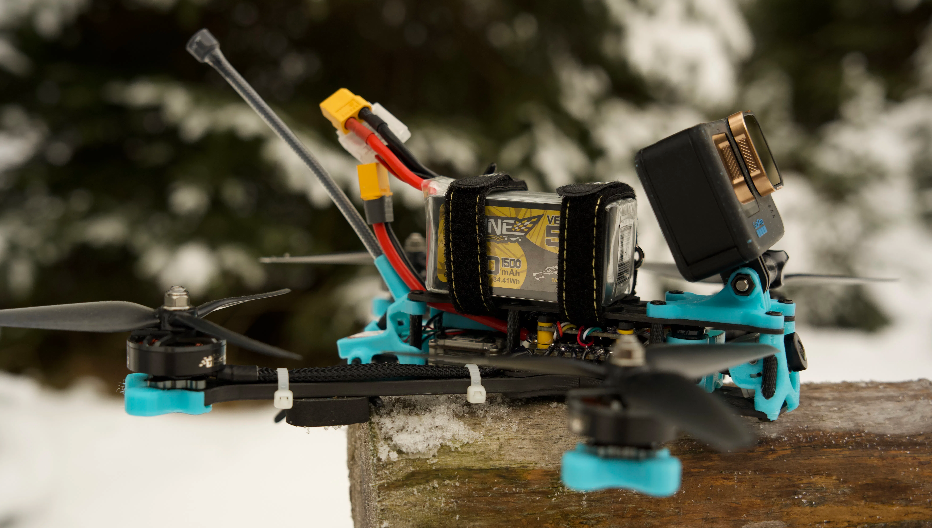
The Ultimate Guide to FPV Battey
2025-02-11 -
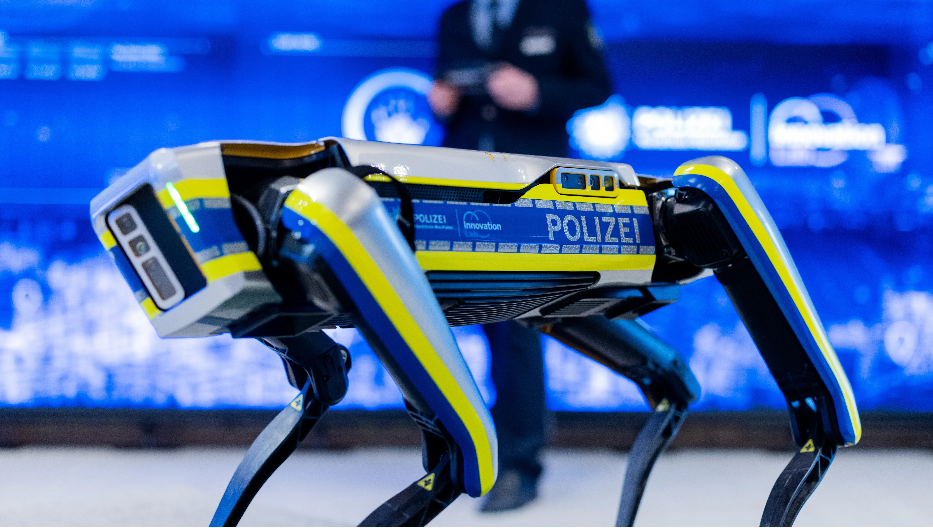
Exploring the Power Behind Quadrupedal Robots: A Deep Dive into Robot Dog Batteries
2025-01-22
Related products
-
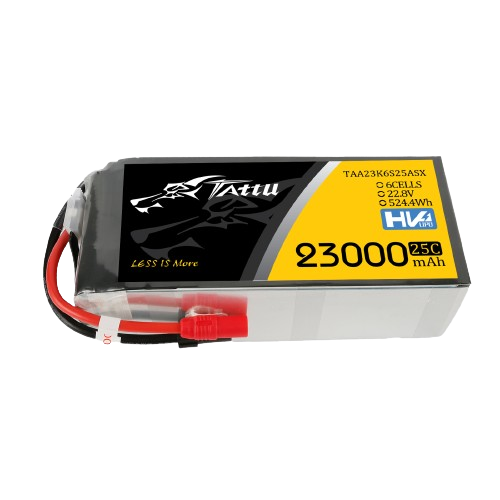
Tattu 23000mAh 6S 22.8V 25C LiHv Pouch Cell UAV Battery
-
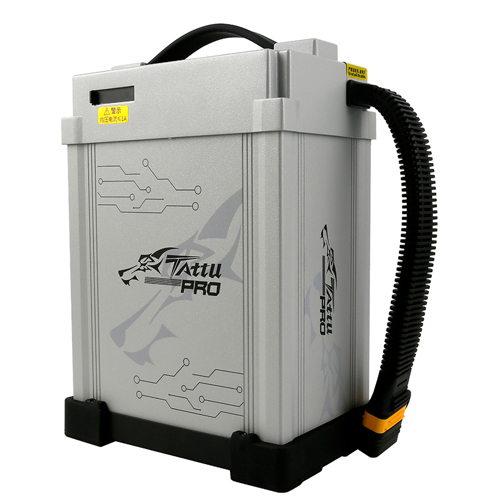
Tattu Pro 14S Lipo 22000mAh 51.8V Smart UAV Drone Battery Pack
-
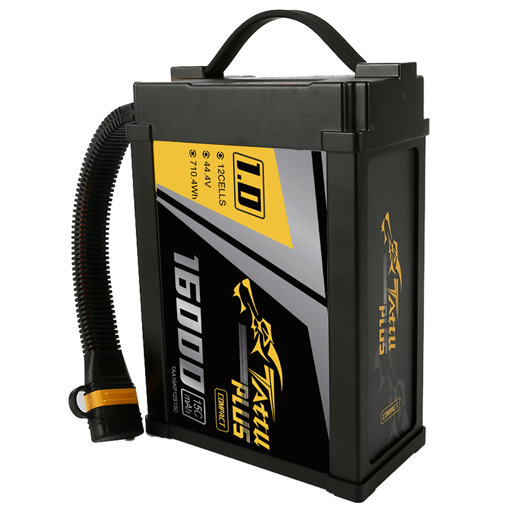
Tattu Plus 1.0 Compact 12S 16000mAh 44.4V 15C Lipo Smart Drone Battery

















































